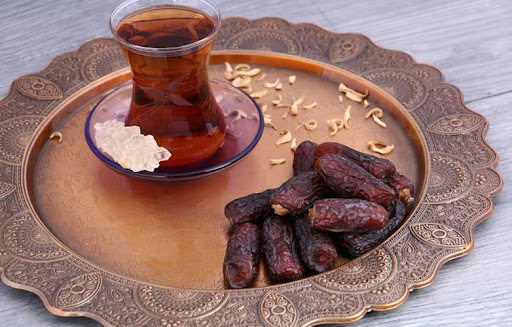Iranian Piarom

Iran Piarom dates that comes exclusively from the warm and arid coastal areas of Iran such as Bushehr, Kerman, Dahab, Havelis, Khuzestan, and Tabriz, is perhaps the most exotic and pricey variety of palm trees that are cultivated most prolifically in the coastal belt, and receive well-watered conditions in the surrounding basin areas. This variety of palm, also known as Iranian Piarom, is a monsoon tree, and blooms during the summer months of June to August. These blooms usually have a sweet taste. In the springtime the buds open to produce the first set of seeds.
Seeds are black, oval-shaped and about 3.5 millimeters in diameter. They take about three to five weeks to burst, after which the pod dissolves completely. The fruits are juicy and round in shape with hard skins. The Iranian Piarom has dark green leaves, which are glossy and shiny. The bark of this tree is leathery and thick.
This tree was first planted on the banks of the Yamuna River in Iran. Its fast growing habit makes it one of the fastest growing palms in Asia and Africa. In order for the trees to thrive, the soil has to be very fertile and the temperatures should be just right. These traits of the land make them ideal for people who want to grow their own crops.
The Iranian Piarom palm trees are not sensitive to frost or drought, which makes it an excellent choice for people who live in arid regions. It requires little attention from its owner and does not require fertilizers. The branches do not grow droopy. The branches do not fall off either.
The Persian Gulf coast has been a hotspot for the expansion of the Iranian Palm Tree. The climate here is cool and the palm trees can grow easily in a very large environment. The climate makes it perfect for growing Piarom palm trees. It is also a great place for commercial plantations.
The Piarom Tree is a native to Iran, but it has now spread out into various other parts of the world. They can grow pretty well in Florida, North Carolina and California. This species of palm is closely related to the Irminodont family. When they begin maturing, the male trees have beautiful bark, which is a pure white.
The flowers are tall and pendulous, similar to the palm’s own flowers. The blooms open up into three different shades of red. The Iranian Piarom trees are known for their hardiness and resistance to harsh environmental conditions. These trees are the perfect tree for someone who wants something special for their garden or as a specimen tree for show. They grow best in rich soil with lots of light. You can prune them to keep them small.
The Iranian Piarom is considered a pest in many parts of the world. It is not picky about what it takes to survive. If you find them dead in your yard, don’t bother to remove them. If they get to overpopulate, they can damage or destroy your lawn.
The best time to plant and grow these palms is from early spring until late summer or fall. It does not matter whether you use the tree to decorate your home, garage or garden. In fact, it is one of the best landscaping trees available. They can be trained to grow in many different shapes, sizes and patterns.
These trees are known for their resistance to diseases and pests. Some of the more common diseases they are susceptible to include Dutch Elm Disease, leaf blight, powdery mildew, heart rot and root rot. For prevention of some of these problems, make sure that the palms are planted in soil with plenty of organic matter. If the soil has been heavy, it can affect how the trees grow.
As for pruning, most Iranian Piarom trees should be divided every four to six years. However, this varies from one to two years depending on the severity of the condition. The good news is that pruning usually does not hurt the trees at all. If you do decide to trim them, make sure you only cut the branches that are sick or dead.
In general, the palms are self-supporting. However, you will need to provide a trellis for them to climb. There are many different types of trellises, and they usually make an excellent focal point in a garden.